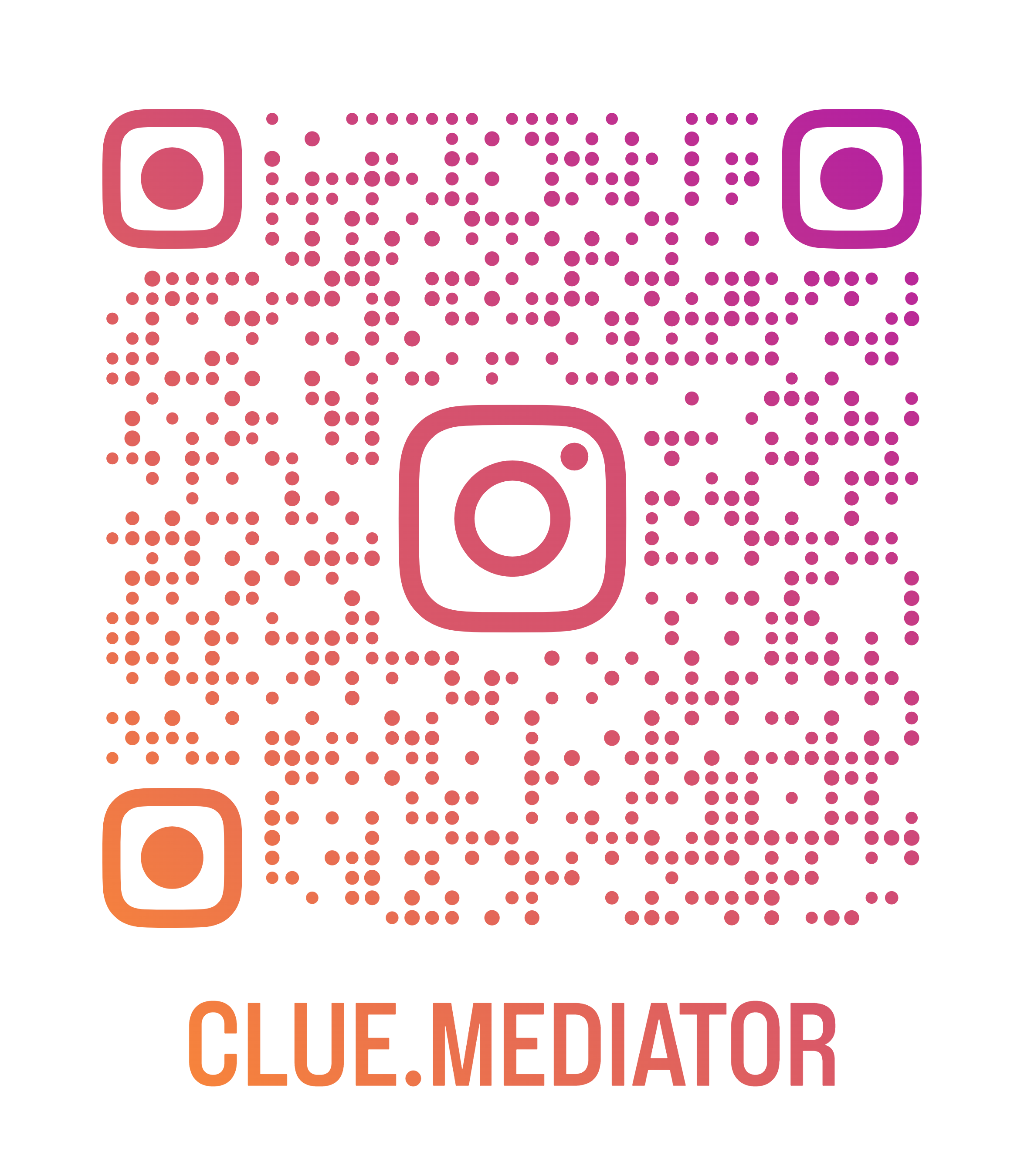Getting Started with Python: A Beginners Guide
Hey there! If you're looking to dip your toes into the coding world, Python's a fantastic place to start. This guide is here to make your first steps into Python as smooth as possible. Come along for the ride, and let’s unleash your inner coder!
Getting Started with Python
- Why Choose Python?
- Setting Up Your Python Environment
- Writing Your First Python Script
1. Why Choose Python?
Python is like the Swiss Army knife of programming. Here's why:
- Easy to Learn: Python's syntax is straightforward, which means it looks more like plain English. So, it's perfect if you're just starting.
- Versatile: You can use Python for web-development, data analysis, artificial intelligence, and more! It's a one-stop-shop for all your coding needs.
- Great Community Support: Got a question? No worries! Python's vast community is super friendly and always ready to help.
2. Setting Up Your Python Environment
Before you start coding, you need to set up your environment:
-
Install Python: Visit python.org and download the latest version suitable for your operating system. Follow the instructions to install it.
-
Choose an IDE: Integrated Development Environment (IDE) is your playground for writing code. Great options include PyCharm, Visual Studio Code, or even the simple IDLE that comes with Python.
-
Verify Installation: Open your terminal or command prompt, type
python --version, and hit enter. If Python's installed, you'll see its version number pop up.
3. Writing Your First Python Script
Let's dive into writing your first piece of Python code:
-
Open Your IDE: Fire up your chosen IDE and create a new file with the
.pyextension (for example,hello.py). -
Code Time: Type the following:
print("Hello, world!"). It's a classic first-script tradition to print out a greeting. -
Run Your Script: Save the file, then run it by either pressing the run button in the IDE or typing
python hello.pyin your terminal. Voila! You're officially a coder.
And there you have it, a quick start on your Python journey. Remember, practice makes perfect, so keep experimenting with new things.
